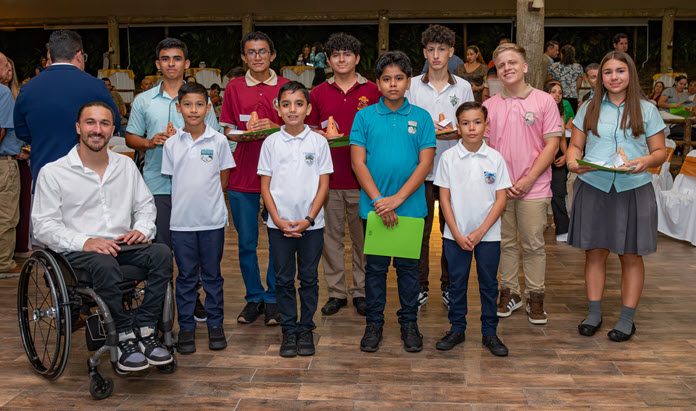
A new training is empowering nonprofit leaders to build confidence, organize their fundraising, and expand their impact.

How a hotel-led donation model grew into a new initiative from Amigos of Costa Rica.

A new self-assessment highlights affiliates’ real needs, shaping training and guiding future growth.

An act of kindness in 2012 sparked a lifeline for Costa Rica’s homeless and refugees, proving small gestures create lasting change.

Something special happened during a family's most recent visit to Costa Rica.

Andreas Gmür experienced nothing short of a moment of divine intervention when Bomberos de Nosara literally saved his life!

A chat with our Program & Administrative Coordinator

The election of our new President

When you truly love animals—the animals who have nowhere else to go—then eventually, what’s yours is theirs.

She came to Costa Rica to found an environmental school for children.

A nonprofit working to give entrepreneurs resources.

Travelers should think carefully before making a volunteering commitment.

The economies of its neighboring communities are 95% dependent on tourism.

Recycling is our last option to reduce our pollution.

The economic and environmental impact of the rural tourism



